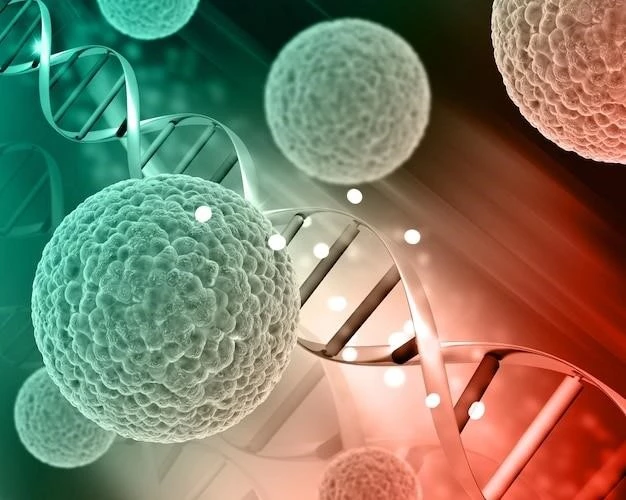D-bifunctional protein deficiency, an autosomal recessive peroxisomal disorder, is caused by mutations in the HSD17B4 gene, leading to severe outcomes.
Peroxisomal Bifunctional Enzyme Deficiency, also known as D-bifunctional protein deficiency, is an autosomal recessive disorder involving mutations in the HSD17B4 gene, leading to severe neurological and metabolic consequences.
Definition and Overview
Peroxisomal Bifunctional Enzyme Deficiency, also known as D-bifunctional protein deficiency, is an autosomal recessive disorder affecting fatty acid metabolism in peroxisomes.
Peroxisomal Bifunctional Enzyme Deficiency is inherited in an autosomal recessive manner, meaning both parents must pass on a mutated copy of the HSD17B4 gene for the condition to manifest.
Mutations in the HSD17B4 Gene
The development of Peroxisomal Bifunctional Enzyme Deficiency is associated with genetic mutations in the HSD17B4 gene, which encodes the D-bifunctional protein crucial for peroxisomal fatty acid oxidation processes.
Clinical Manifestations
The clinical manifestations of Peroxisomal Bifunctional Enzyme Deficiency include severe neurological deterioration, muscle tone abnormalities, seizures, and visual and auditory impairments.
Autosomal Recessive Inheritance
Autosomal Recessive Inheritance is the mode by which Peroxisomal Bifunctional Enzyme Deficiency is passed on, requiring both parents to carry a mutated HSD17B4 gene for the condition to present.
Muscle Tone Abnormalities
Muscle tone abnormalities are a notable clinical manifestation of Peroxisomal Bifunctional Enzyme Deficiency, commonly presenting as hypotonia (low muscle tone) in affected individuals.
Seizures and Epilepsy
Peroxisomal Bifunctional Enzyme Deficiency often presents with seizures and epilepsy, which are recurrent and severe neurological manifestations in affected individuals, contributing to the complexity of the disease.
Visual and Auditory Impairments
Individuals with Peroxisomal Bifunctional Enzyme Deficiency often experience visual and auditory impairments, leading to challenges in both vision and hearing abilities, contributing to the complexity of the condition.
Diagnostic Approaches
Diagnostic approaches for Peroxisomal Bifunctional Enzyme Deficiency include genetic testing for HSD17B4 mutations and biochemical analysis of peroxisomal function.
Genetic Testing for HSD17B4 Mutations
Genetic testing for HSD17B4 mutations is crucial in diagnosing Peroxisomal Bifunctional Enzyme Deficiency, allowing for the identification of specific gene alterations linked to the disorder.
Biochemical Analysis of Peroxisomal Function
Utilizing a biochemical analysis of peroxisomal function aids in the diagnosis of Peroxisomal Bifunctional Enzyme Deficiency, allowing for the assessment of the overall peroxisomal metabolic activity.
Differential Diagnosis
When considering differential diagnoses, distinguishing Peroxisomal Bifunctional Enzyme Deficiency from Zellweger Spectrum Disorders and Acyl-CoA Oxidase Deficiencies is crucial due to overlapping clinical manifestations.
Comparison with Zellweger Spectrum Disorders
When comparing Peroxisomal Bifunctional Enzyme Deficiency with Zellweger Spectrum Disorders, it is essential to differentiate the distinct clinical features and genetic underpinnings of each condition to enable accurate diagnosis and appropriate management strategies.
Distinction from Acyl-CoA Oxidase Deficiencies
It is essential to discern Peroxisomal Bifunctional Enzyme Deficiency from Acyl-CoA Oxidase Deficiencies to ensure accurate diagnosis and appropriate management, given the similarity in clinical presentations.
Effective management of Peroxisomal Bifunctional Enzyme Deficiency involves providing supportive care and tailored symptomatic treatments to address the diverse clinical manifestations associated with the disorder.
Management and Treatment Strategies
Effective management of Peroxisomal Bifunctional Enzyme Deficiency involves the provision of comprehensive supportive care and targeted symptomatic treatments to address the diverse clinical manifestations associated with the disorder.
Potential Therapeutic Approaches Under Investigation
Exploration of potential therapeutic approaches for Peroxisomal Bifunctional Enzyme Deficiency is currently under investigation, aiming to develop novel treatment modalities to address the complex manifestations of the disorder.

Prognosis and Outcomes
Understanding the prognosis of Peroxisomal Bifunctional Enzyme Deficiency is critical, as the condition often leads to severe neurological deterioration and variable disease severity, impacting survival rates and overall outcomes.
Impact on Survival Rates
The impact of Peroxisomal Bifunctional Enzyme Deficiency on survival rates is significant, with most affected individuals facing a challenging prognosis due to the severe neurological deterioration and varying disease severity associated with the condition.
Variability in Disease Severity
Peroxisomal Bifunctional Enzyme Deficiency exhibits variability in disease severity, leading to differences in clinical outcomes and survival rates among affected individuals, highlighting the diverse spectrum of the condition.
Research on Peroxisomal Bifunctional Enzyme Deficiency includes exploring novel treatment modalities and conducting studies to advance our understanding of this complex genetic disorder.
Research and Advancements
Recent studies on Peroxisomal Bifunctional Enzyme Deficiency have focused on identifying new genetic variants, exploring potential therapeutic interventions, and investigating the complex molecular pathways underlying the disorder.
Exploration of Novel Treatment Modalities
Ongoing exploration of novel treatment modalities for Peroxisomal Bifunctional Enzyme Deficiency aims to advance therapeutic interventions, potentially offering new avenues for managing the complex biochemical and clinical manifestations of the disorder.
Patient Support and Resources
Accessing patient support and resources is vital for individuals and families affected by Peroxisomal Bifunctional Enzyme Deficiency to find assistance and valuable information about the condition. Online communities and forums provide a platform for sharing experiences and gaining support.
Organizations Providing Assistance and Information
Several organizations offer valuable assistance and information to individuals and families affected by Peroxisomal Bifunctional Enzyme Deficiency, aiding in navigating the complexities of the condition and providing support resources.
Online Communities and Forums for Individuals and Families
Online communities and forums provide a supportive platform for individuals and families affected by Peroxisomal Bifunctional Enzyme Deficiency to connect, share experiences, gather information, and receive emotional support from others facing similar challenges.

Conclusion
In conclusion, Peroxisomal Bifunctional Enzyme Deficiency is a severe genetic disorder characterized by significant neurological and metabolic abnormalities. Ongoing research and advancements offer hope for improved diagnostic approaches and novel treatment modalities, highlighting the importance of patient support and resources in navigating the complexities of the condition.
